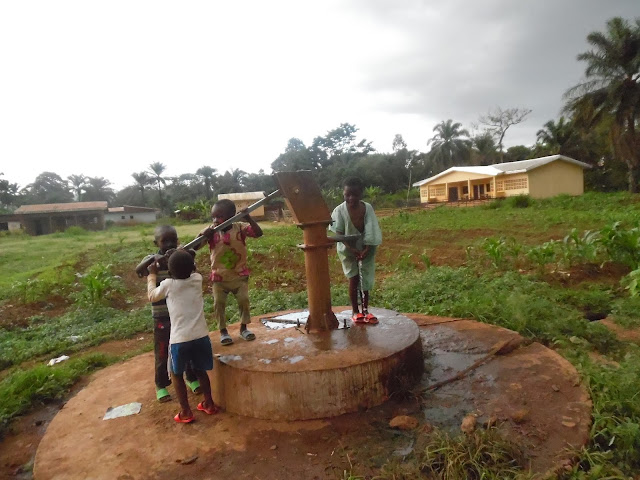The African Development Bank (AfDB) will leverage funds to invest in agricultural commodities and agro-ecological zones. A satellite data system from the Food and Agriculture Organization of the United Nations (FAO) and a US$0.5half a billion-dollar investment, for the next three 3 years from the International Fund for Agricultural Development (IFAD) will support Africa’s agriculture
 |
The “Feed Africa” action plan was first announced at the High-Level Conference on Feeding Africa in Senegal in October 2015, where CTA’s Ken Lohento (Programme Coordinator, Information and Communication Technologies) and Ajayi Oluyede (Senior Programme Coordinator, Agricultural and Rural Development Policy) were invited to share expertise with delegates at the launch.
The right technology and information system for agriculture
FAO has put in place a significant information system using satellite data to build shock-resilient systems for different countries. “The Global Information and Early Warning System is using spatial data, which now can give us information in real time about what is happening across the globe in terms of crops and weather,” said Mr Bukar Tijani, FAO Assistant Director-General and Regional Representative for Africa. “Things that cannot be done in 5 years, can be done in 10 months. I strongly believe on behalf of FAO, that within the next 10 years or less Africa’s agriculture will be very different.” He also said that extension officers and journalists can also use the platform to inform smallholder farmers and audiences, depending on their needs.
Industry 4.0 can foster agricultural transformation in Africa
Several studies have acknowledged the usefulness of data and technology in agricultural transformation. Datasets assembled from decades of experience in agriculture are currently being used in developed countries across the world to make agriculture more precise and improve yields. That mix of ‘internet of things’, big data, mobile internet and smart technologies is what is often referred to as industry 4.0.
According to Germany Trade and Invest (GTAI), industry 4.0 is: “A paradigm shift . . . made possible by technological advances which constitute a reversal of conventional production process logic. Simply put, this means that industrial production machinery no longer simply ‘processes’ the product, but that the product communicates with the machinery to tell it exactly what to do.”
An example of a project that combines big data and smart technologies is the CTA ‘Market-Led, User-Owned ICT4Ag Enabled Information Service’ (MUIIS) project. This project will use data generated by satellites and mobile technology to improve the production and marketing of crops in Uganda. Closely linked to the MUIIS project is the Data Revolution for Agriculture project which has showcased a number of examples of how open data can be used to improve smallholder farming and nutritional security.
For Dr Adesina Akinwumi, President of AfDB, Africa must improve its readiness to prepare for the digital revolution. “Africa has missed earlier industrial revolutions. We cannot miss the 4th industrial revolution,” he said. Under the Feed Africa action plan the AfDB will work with partners to raise funds to invest in agricultural commodities and agro-ecological zones.
Michael J Vincent, a Senior Partner in Monitor at Deloitte Africa, believes in the use of smart technologies and data in creating informed policies and agricultural transformation. As a private sector observer at the meetings, Vincent sees potential in industry 4.0 in helping Africa end hunger and poverty through agriculture.
Published on CTA's corporate website: Read here









